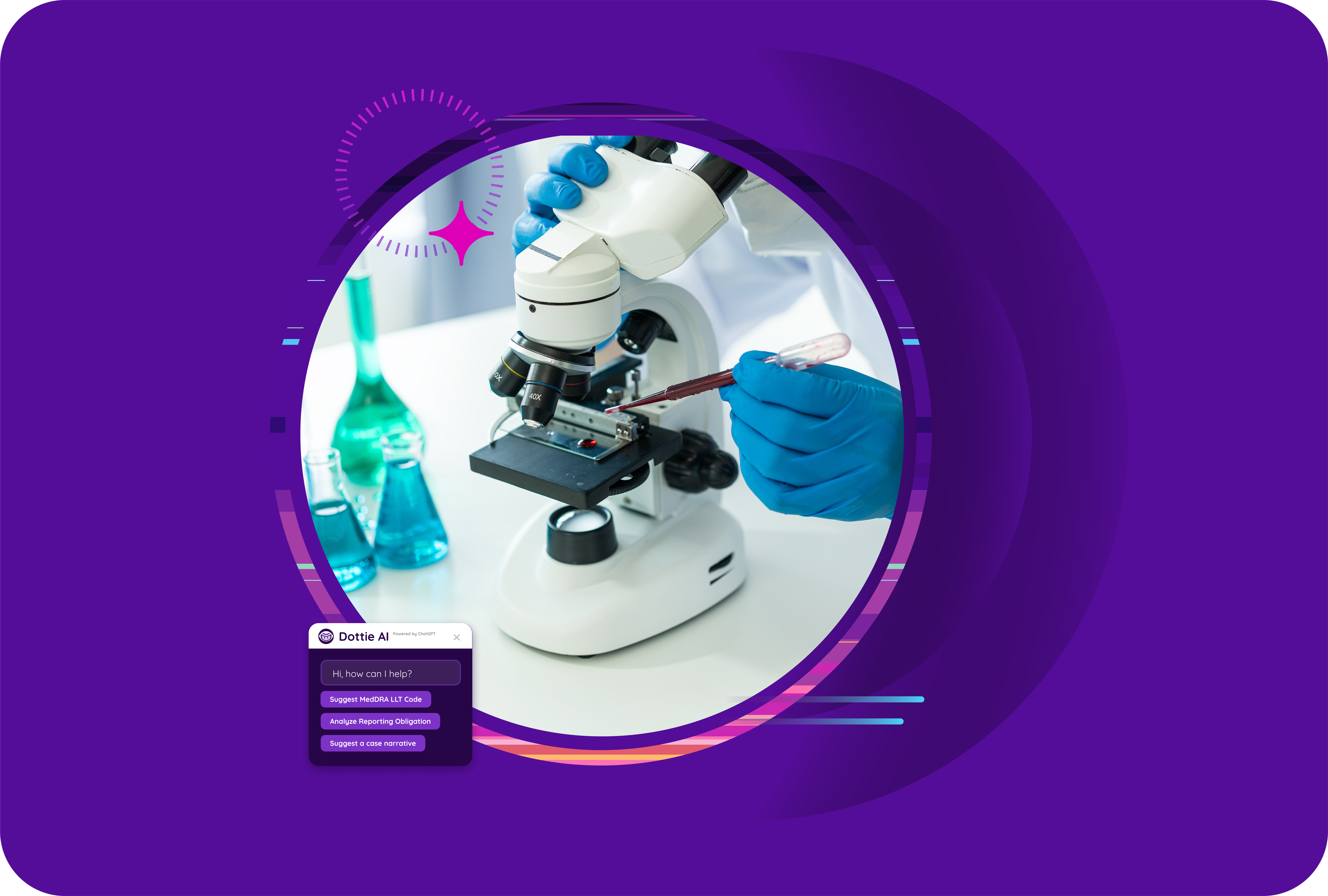
Digital transformation has ignited a change in the medical device industry, one that leverages technology to create life-saving devices. Not just as a component of a medical device but as the medical device itself. This clear distinction is what’s known as Software as a Medical Device (SaMD).
The International Medical Device Regulators Forum (IMDRF) defines SaMD as “software intended to be used for one or more medical purposes that perform these purposes without being part of a hardware medical device.”
With the increase of innovative digital health solutions, ensuring the safety, effectiveness, and reliability of these software applications is paramount.
This is where standards such as IEC 62304 come in.
What Is IEC 62304?
IEC 62304 is an international standard that outlines the requirements for the development and maintenance of medical device software. The standard is published by the International Electrotechnical Commission (IEC), and provides a framework for implementing software development life cycle (SDLC) processes, from planning, requirements analysis and design through configuration management and problem resolution. Its purpose is to provide a framework for ensuring medical device software is safely designed and maintained.
What Are the Key Components of IEC 62304?
The IEC 62304 standard identifies the components that must be addressed throughout the software life cycle.
These include:
- Software Development Process: IEC 62304 identifies the software development process as transforming the design input into output through stages like requirements analysis, design, implementation, verification and maintenance.
- Software Maintenance Process: The software maintenance process is similar to the software development process. It provides guidelines for managing changes and updates to ensure ongoing safety and effectiveness. This process includes monitoring, change control, documentation and verification of changes.
- Software Risk Management Process: This process addresses the need to identify, analyze and mitigate software-related risks throughout the software’s life cycle. It incorporates risk identification, analysis, and mitigation along with continuous monitoring.
- Software Configuration Management Process: This provides guidance on configuration management throughout the software’s life cycle and ensures there is both version control and traceability.
- Software Problem Resolution Process: Here, IEC 62304 identifies a need for a process that addresses defects and problems that occur in the software life cycle.

How Can IEC 62304 Improve the Software as a Medical Device Development Processes?
SaMD developers can improve the development process by following the IEC 62304 guidelines. The standard promotes a structured software development approach so that each of the process phases is thoroughly planned and executed. Taking this structured approach minimizes errors, enhances traceability and helps to ensure the SaMD’s safety and effectiveness.
IEC 62304 also puts an emphasis on risk management throughout the software development life cycle. The result is the ability to proactively address safety concerns and improve product quality.
How Does Dot Compliance Help Companies Meet Compliance With IEC 62304?
SaMD is a complex process and the IEC 62304 standard covers the elements needed to ensure medical device software meets quality and regulatory requirements when it comes to SDLC.
Adherence with IEC 62304 fosters a systematic and disciplined approach to SaMD development, and results in safer, more reliable medical software products.
Once a medical device organization plans to develop SaMD, it needs a tool to help it facilitate the implementation of relevant quality and regulatory requirements and ensure compliance.
Dot Compliance can help.
Reach out for a free demo to learn how to streamline compliance with IEC 62304 and ensure a safe and high-quality SaMD product.


